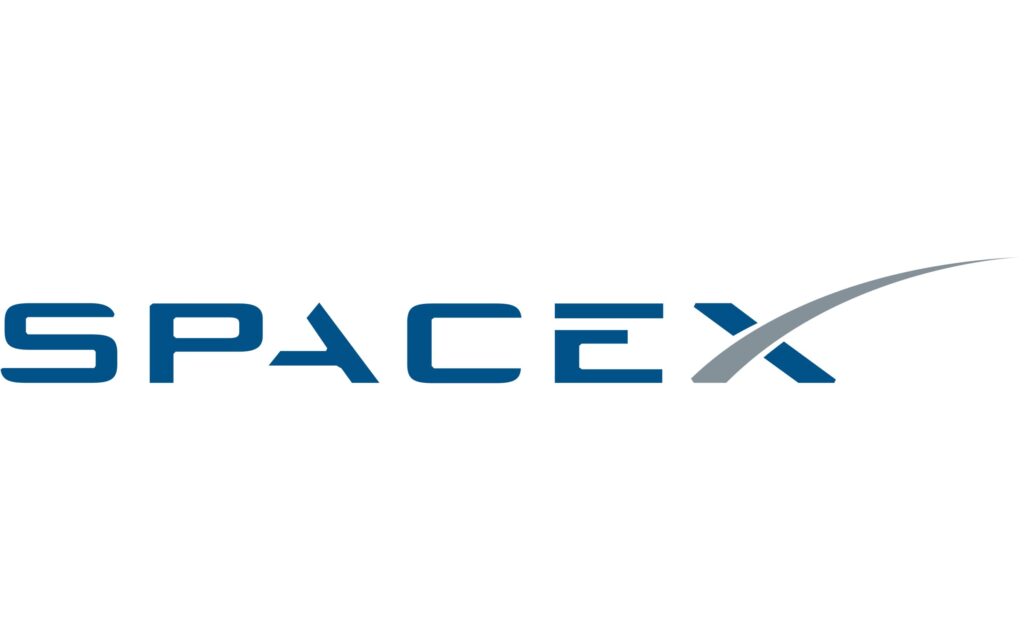SpaceX Starship
Specifications
- Function: sub-orbital spaceflight, orbital spaceflight, interplanetary spaceflight
- Height: 120 m (394 ft)
- Diameter: 9 m (30 ft)
- Mass: 5,000 t (10,000,000 lb)
- Altitude: 500 km (310 mi)
- Orbital inclination: 98.9 °
- Mass: 100 t (220,000 lb)
- Volume: 1,000 m³ (35,000 ft³)
- Launch and landing sites:
- Starbase Boca Chica TX,
- Kennedy Space Center FL Launch Complex 39A, Kennedy Space Center FL Launch Complex 49
- First stage: SpaceX Super Heavy Booster
- Second stage: SpaceX Starship HLS
The SpaceX Starship system is a super heavy-lift launch system consisting of a booster named Super Heavy and a second stage named Starship. Starship is both a second stage and a spacecraft. The booster and most variants of the spacecraft are fully reusable. The system will be used to launch Starship HLS to LEO as its second stage. Super Heavy will also be used for multiple fueling missions, launching fully reusable tanker Starship spacecraft to LEO to refuel Starship HLS for its transit to the Gateway. Thus, each Starship HLS that is delivered to the Gateway will require multiple launches. It is also qualified to be bid for CLPS launches.
The Starship system consists of the Super Heavy first-stage booster and the Starship second stage, which serves as a self-contained spacecraft while in orbit. Both stages are powered by Raptor engines, which burn liquid oxygen and liquid natural gas propellants in a highly efficient full-flow staged combustion power cycle. Both rocket stages are designed for rapid reuse by landing vertically. The Super Heavy booster can perform a boostback burn and Starship can reenter the atmosphere for a belly-first descent.
Starship has a payload capacity of 100 t (220,000 lb) to low Earth orbit in its fully reusable configuration, and is designed for a high flight rate in order to dramatically reduce the cost of space access. Expected applications include satellite launch, including the deployment of a large portion of SpaceX’s next-generation Starlink internet constellation; human spaceflight such as space station crew transport, space tourism, and transport of passengers to Mars; and point-to-point suborbital spaceflight. Once in orbit, the Starship spacecraft can additionally be refueled by Starship propellant tankers before transiting to higher energy destinations such as the Moon and Mars.

Footnote
- Sources: Aerospace dashboard, SpaceX, funkystuff.org
- Outgoing: NASA
- Keywords:
